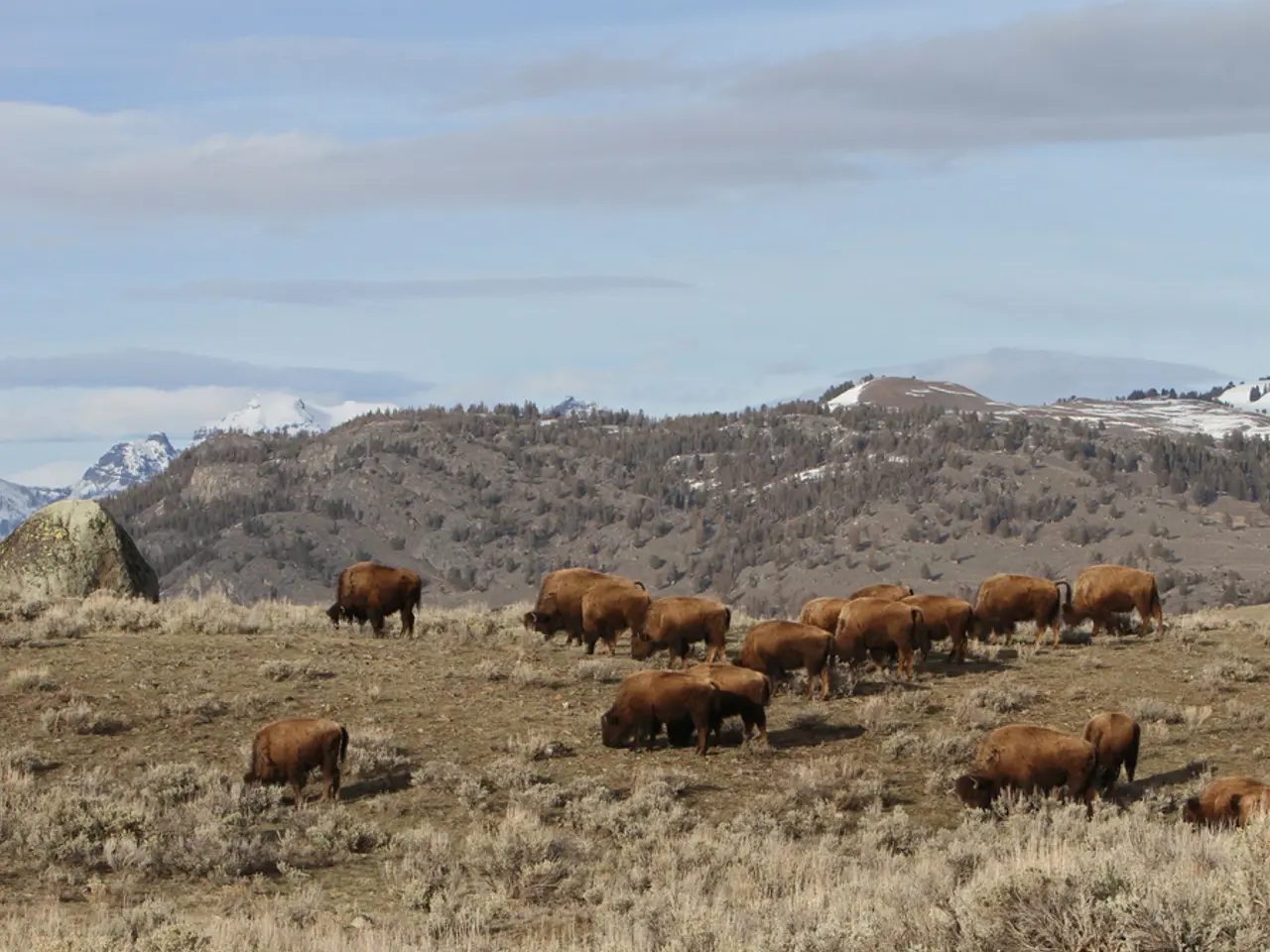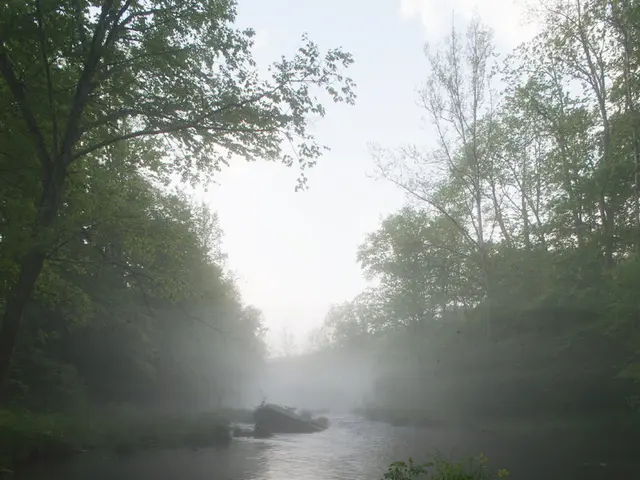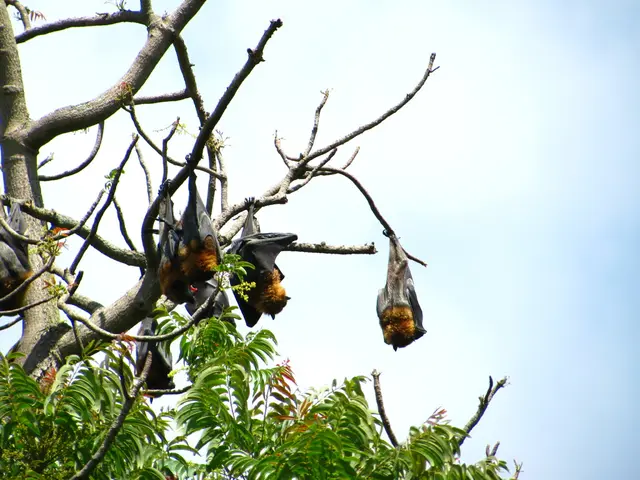Bison Boost Yellowstone's Ecosystem, New Study Finds
Anna M. Nixon's new study reveals that Yellowstone's free-roaming bison herds are boosting the park's ecosystem. The 5,000-strong herd, migrating along a 50-mile route, is speeding up the nitrogen cycle, benefiting both plants and other herbivores. This discovery offers insights into preserving and improving grasslands.
Once numbering 30 million to 60 million across North America, bison were nearly wiped out by the end of the 19th century. Today, only about 400,000 remain, with 95% raised for meat production. The remaining bison live in carefully controlled conservation settings, like Yellowstone National Park.
Nixon's study shows that bison grazing increases nitrogen cycling in the soil. This leads to healthier plants, providing more nutritious food for bison and other ruminants. The American Prairie nonprofit aims to recreate this beneficial cycle on a larger scale, connecting 3.2 million acres in Montana for free-roaming bison.
Restoring bison in large-scale settings can fulfill significant ecological and cultural roles. Nixon's findings highlight the importance of these iconic animals in maintaining healthy grasslands. As efforts continue to reintroduce bison to their historic ranges, understanding their ecological impact becomes increasingly vital.
Read also:
- Boston Metal pioneers route to commercial production for eco-friendly steel method
- United States Secures $632 Million to Fuel Electric Vehicle Revolution
- Clean energy companies HyFlux and AMRC secure financing from ATI for game-changing advancements in aeroplane cooling systems linked to clean aviation.
- DKSH Upgrades Distribution Operations Through Significant Technological Renovation








